11 Hibiscus Pests and Diseases and How to Protect Your Plants
Hibiscus plants can face various challenges, including pests and diseases that affect their health and appearance. Identifying these problems early makes it easier to manage and protect your plants. Knowing how to treat common issues helps keep hibiscus vibrant and blooming throughout the season. This guide will explain what to look for and how to care for your plants when problems arise.
This post may contain affiliate links, which helps keep this content free. Please read our disclosure for more info.
Aphids
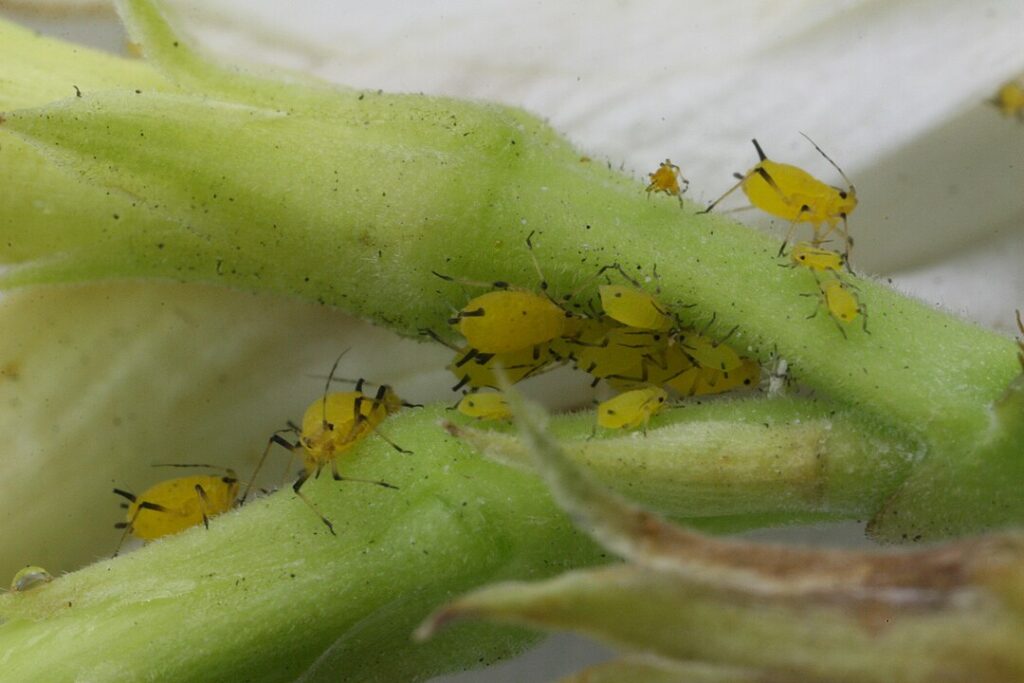
Aphids are small, soft-bodied insects that cluster on new growth and flower buds of hibiscus plants. They feed by sucking sap, which causes leaves to curl, yellow, and weaken. Aphids also produce a sticky substance called honeydew that attracts ants and can lead to sooty mold growth.
To manage aphids, regularly inspect your hibiscus and wash off the insects with a strong spray of water. Introducing beneficial insects like ladybugs can help keep aphid numbers down naturally. In cases of severe infestation, insecticidal soap or neem oil applied to affected areas can reduce aphid populations without harming the plant.
Whiteflies
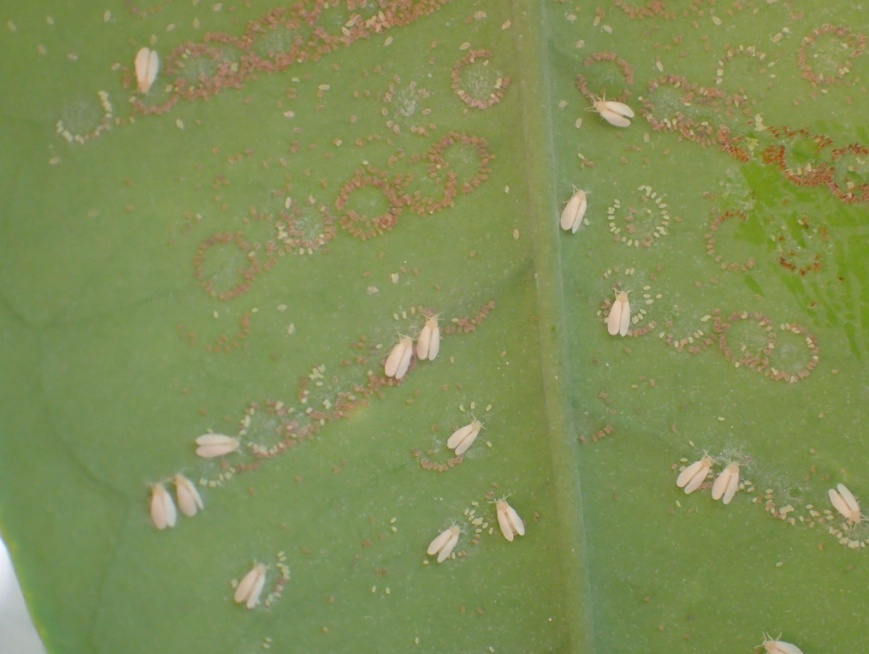
Whiteflies are tiny, white-winged insects that fly up in clouds when the plant is disturbed. They feed on the undersides of hibiscus leaves, removing vital nutrients and causing leaves to yellow and drop prematurely. Like aphids, they produce honeydew, which encourages mold growth.
To control whiteflies, sticky yellow traps can be placed near the plants to catch adults. Washing leaves with insecticidal soap or horticultural oil can reduce whitefly numbers effectively. Keeping the plants healthy and avoiding excessive nitrogen fertilization can also help make the environment less favorable for whiteflies.
Spider Mites
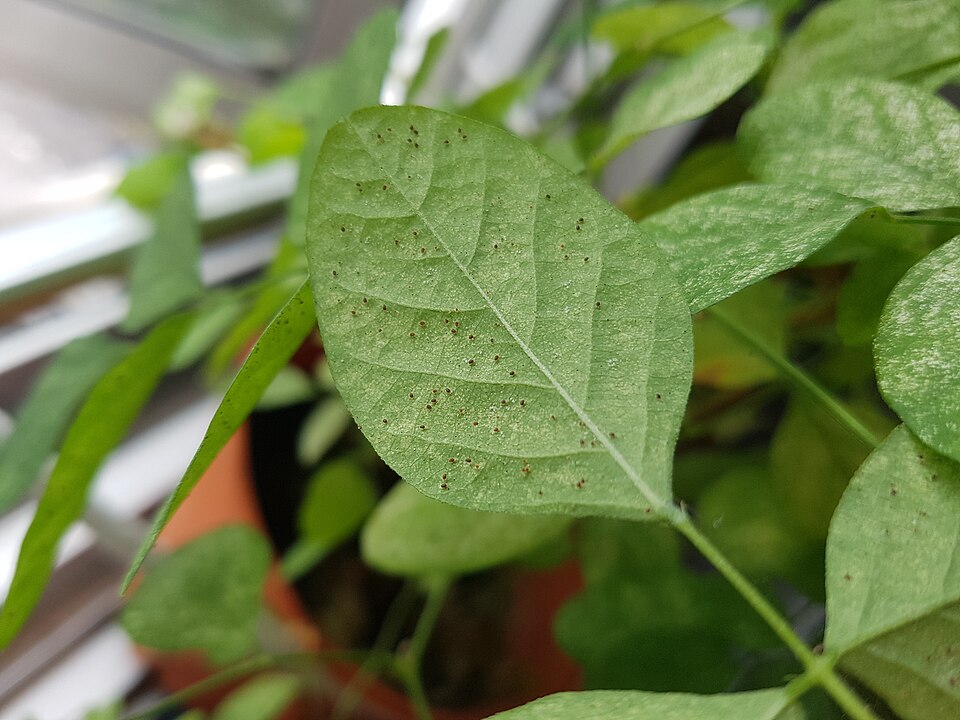
Spider mites are microscopic pests that live on the undersides of leaves and cause a speckled or stippled appearance on foliage. Heavy infestations lead to webbing, leaf yellowing, and leaf drop. They thrive in hot, dry conditions and multiply quickly.
To manage spider mites, regularly spray the plant with water to keep humidity high and physically remove mites. Insecticidal soap or neem oil applied thoroughly on the undersides of leaves can help control them. Avoid dry conditions and ensure good air circulation around the plant to prevent spider mite outbreaks.
Mealybugs

Mealybugs appear as small, white, cottony masses on hibiscus stems, leaves, and flower buds. They suck sap, weakening the plant and causing leaf yellowing and stunted growth. Mealybugs also produce honeydew, promoting sooty mold.
Controlling mealybugs involves wiping them off with a cotton swab dipped in rubbing alcohol. Insecticidal soaps and neem oil sprays are also effective when applied directly. Keeping the plant healthy and checking regularly can prevent mealybug buildup.
Scale Insects
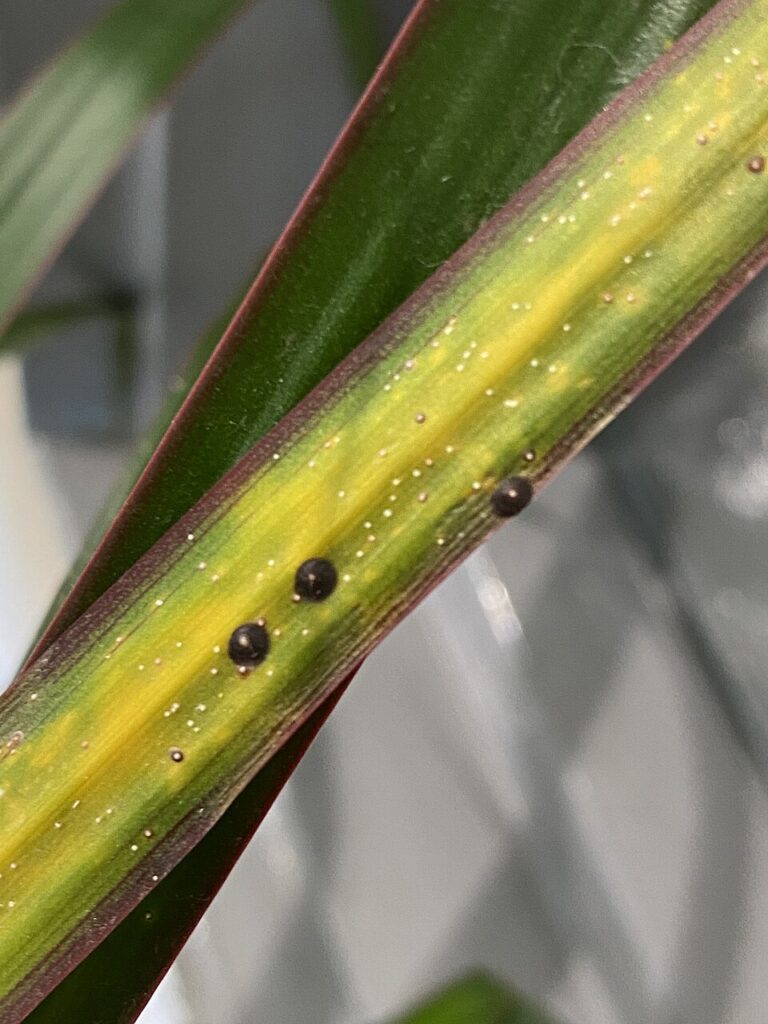
Scale insects look like small bumps or shells on hibiscus stems and leaves. They feed by sucking sap and can cause yellowing leaves, wilting, and dieback. Scale insects produce honeydew, leading to sooty mold growth.
Manual removal with a soft brush or cloth can help with light infestations. For larger problems, horticultural oils smother scales and reduce their numbers. Regular monitoring and maintaining plant vigor can keep scale insects under control.
Hibiscus Blight

Hibiscus blight is a fungal disease that causes leaves and branches to suddenly wilt and die. It often follows a period of wet weather and can spread quickly. Infected areas may show brown or black discoloration.
To manage blight, remove and dispose of infected plant parts to prevent spread. Avoid overhead watering to reduce leaf wetness and apply fungicides if the problem persists. Ensuring proper spacing and air circulation helps reduce humidity levels that favor blight.
Leaf Spot
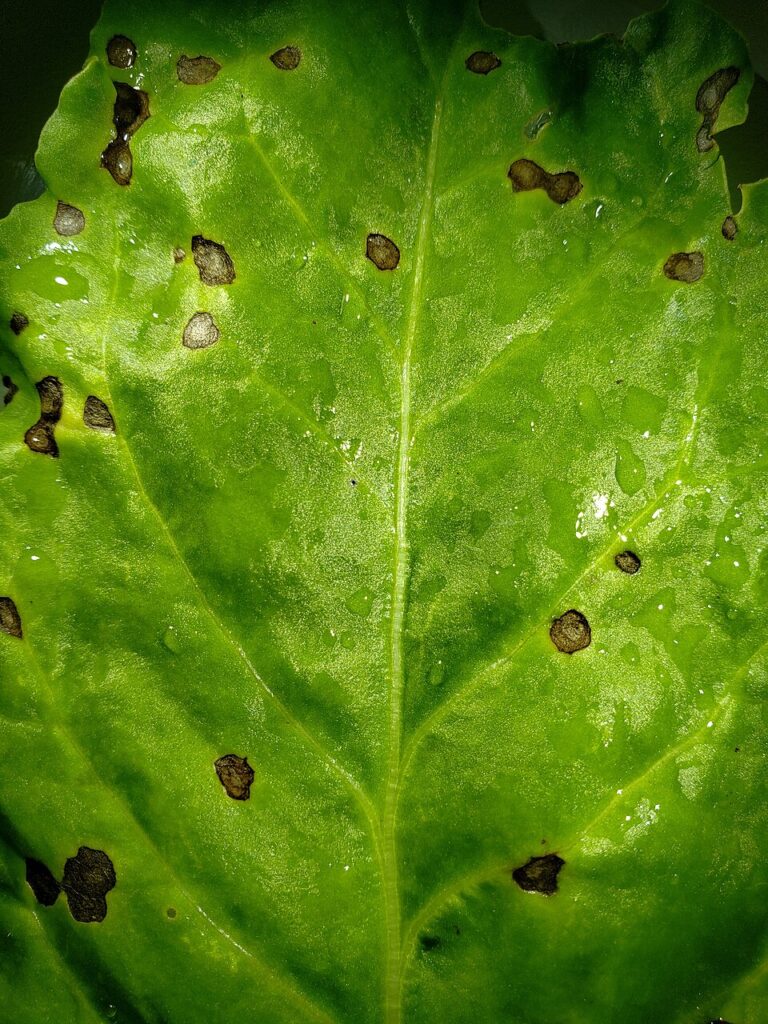
Leaf spot diseases cause brown or black spots on hibiscus leaves. These spots may enlarge and cause the leaves to yellow and fall off. High humidity and poor air circulation often encourage these fungal infections.
Treatment includes removing affected leaves and improving air flow around the plant. Applying fungicides can limit the spread when leaf spot becomes severe. Watering at the base of the plant rather than overhead can reduce leaf moisture and prevent future infections.
Root Rot

Root rot occurs when hibiscus roots stay too wet for too long, often caused by poorly draining soil. It leads to wilting, yellowing leaves, and eventual plant death if untreated. The roots become brown and mushy when affected.
Improving soil drainage and reducing watering frequency can help prevent root rot. If detected early, repotting the plant in fresh, well-draining soil after trimming damaged roots can save it. Avoid waterlogging to keep roots healthy.
Rust

Rust is a fungal disease that produces orange or reddish pustules on the undersides of hibiscus leaves. It weakens the plant by damaging leaf tissue, causing leaves to yellow and drop. Rust thrives in moist conditions.
Removing infected leaves and avoiding watering foliage can help manage rust. Fungicide treatments may be necessary for severe infections. Good air circulation and watering early in the day, so leaves dry quickly, are helpful preventive steps.
Thrips
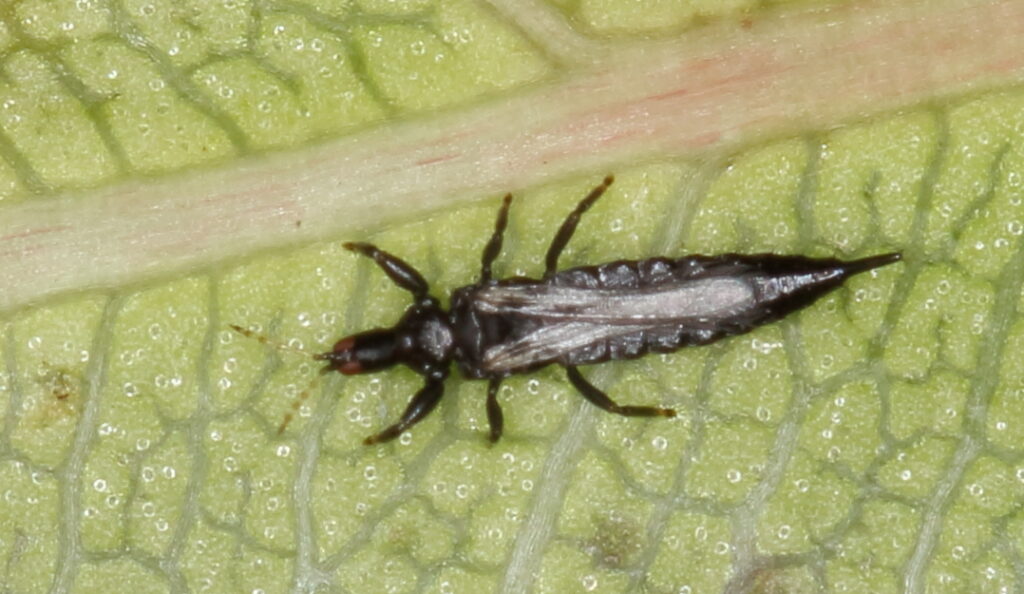
Thrips are tiny, slender insects that feed on hibiscus flower petals and leaves. Their feeding causes distorted, discolored flowers and leaves that may appear silvery or streaked. Thrips can reduce flowering quality significantly.
To control thrips, use blue sticky traps to monitor their presence and apply insecticidal soap or neem oil sprays regularly. Removing damaged flowers and keeping plants healthy will reduce the thrips’ impact. Natural predators like minute pirate bugs also help keep thrips populations low.
Caterpillars

Caterpillars chew holes in hibiscus leaves and buds, which can reduce the plant’s appearance and flower production. Some caterpillars may also feed on stems, causing more damage.
Handpicking caterpillars off the plant is often the best first step. Bacillus thuringiensis (Bt) is an organic option that specifically targets caterpillars without harming beneficial insects. Keeping an eye on early signs helps manage infestations before they worsen.
This article originally appeared on Avocadu.
